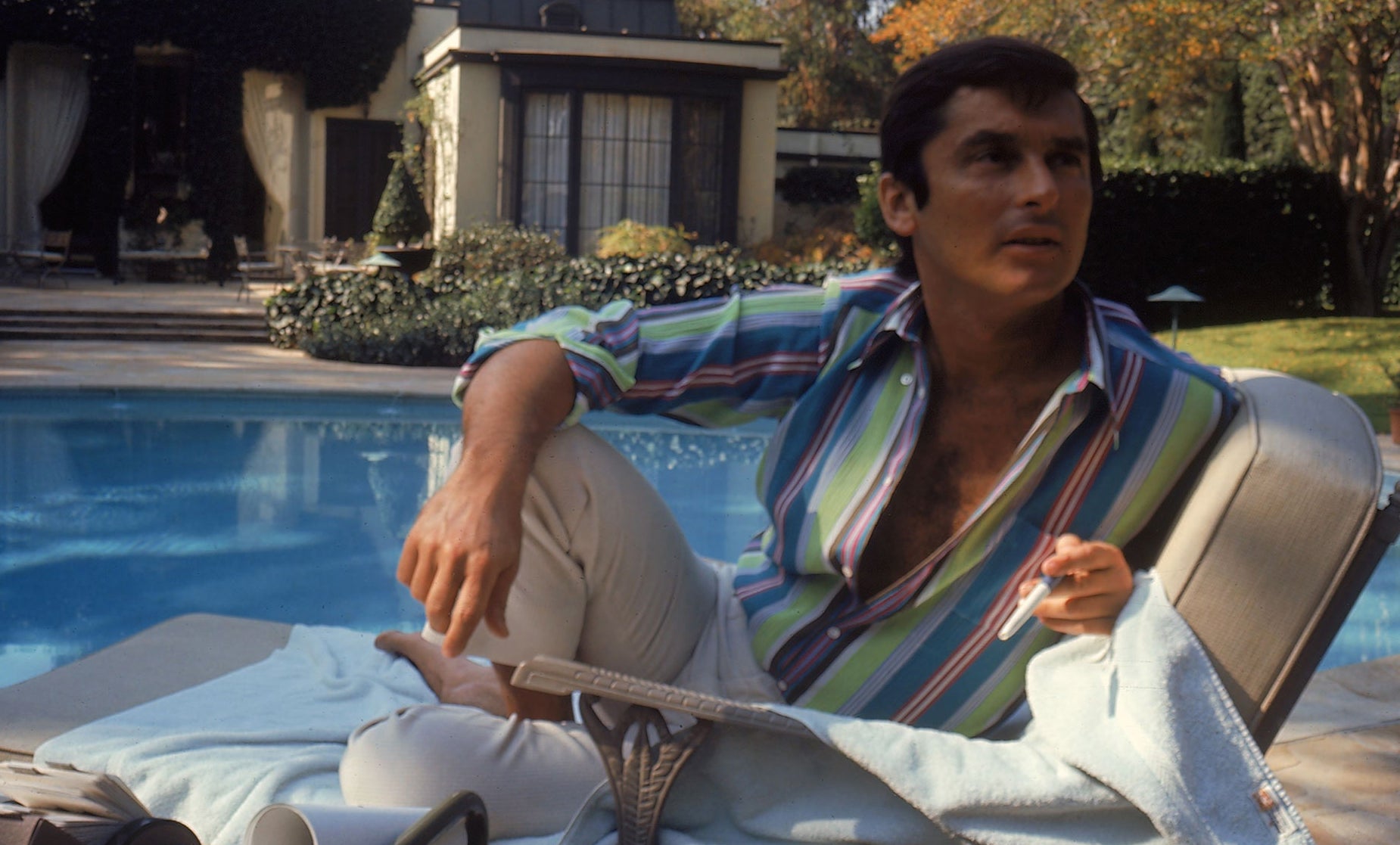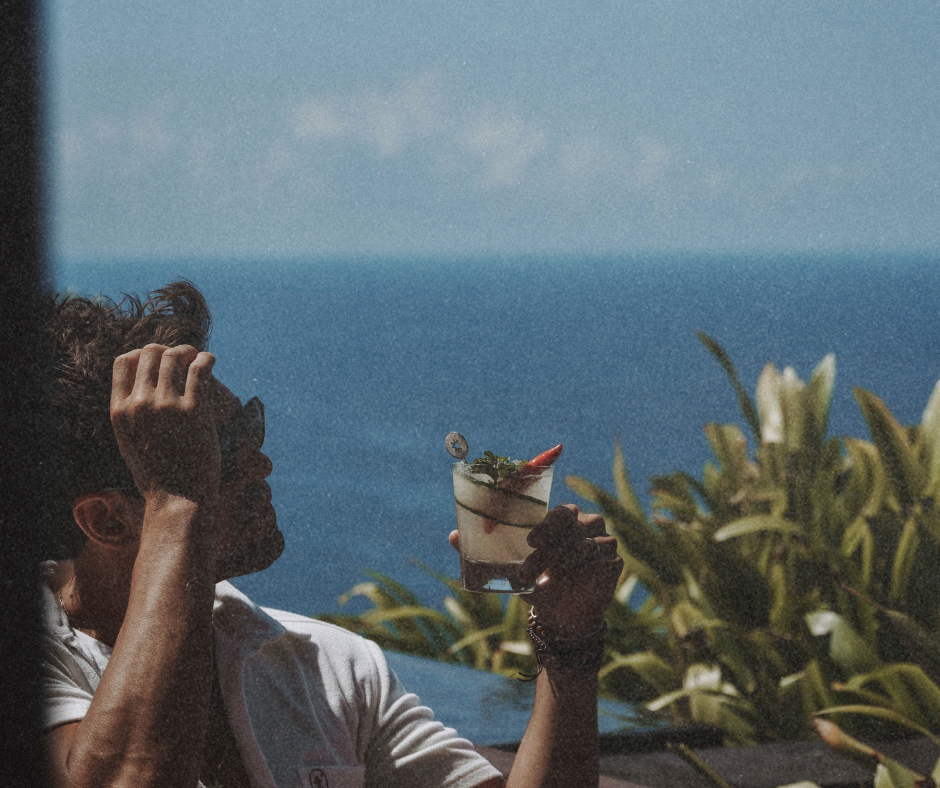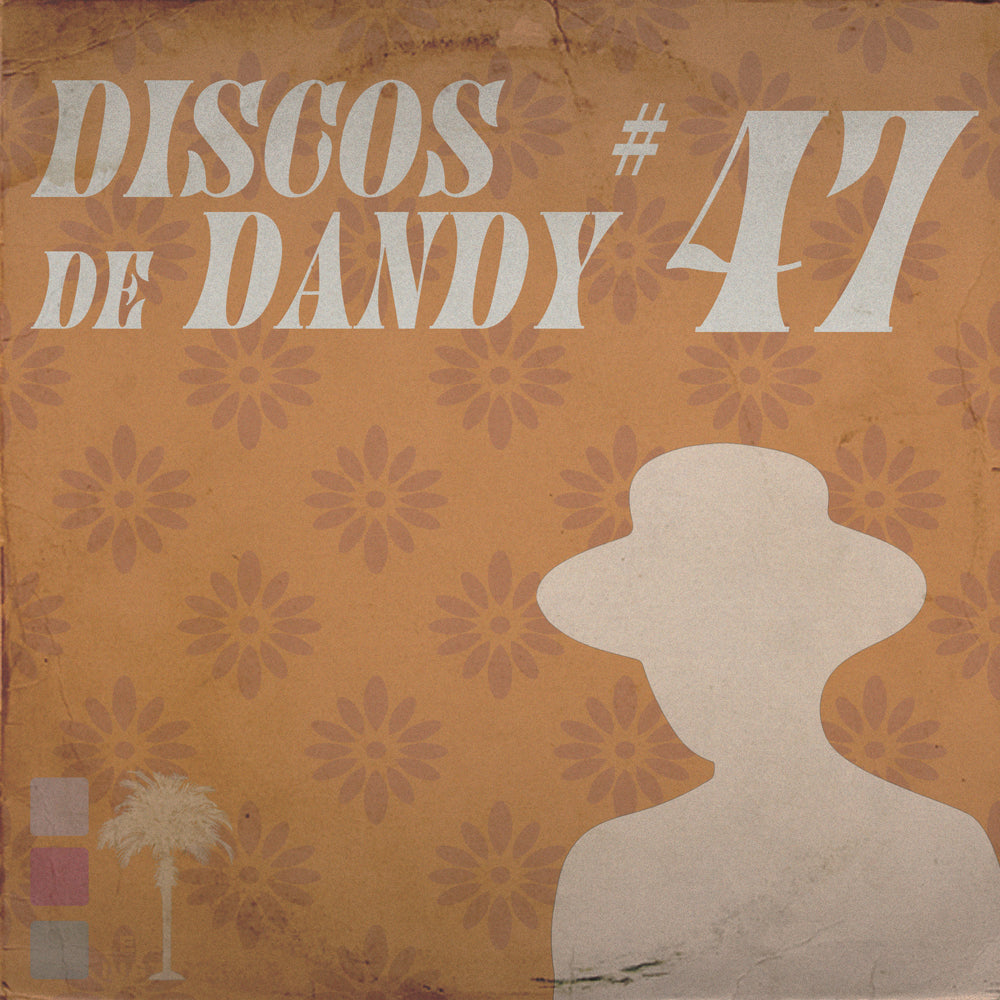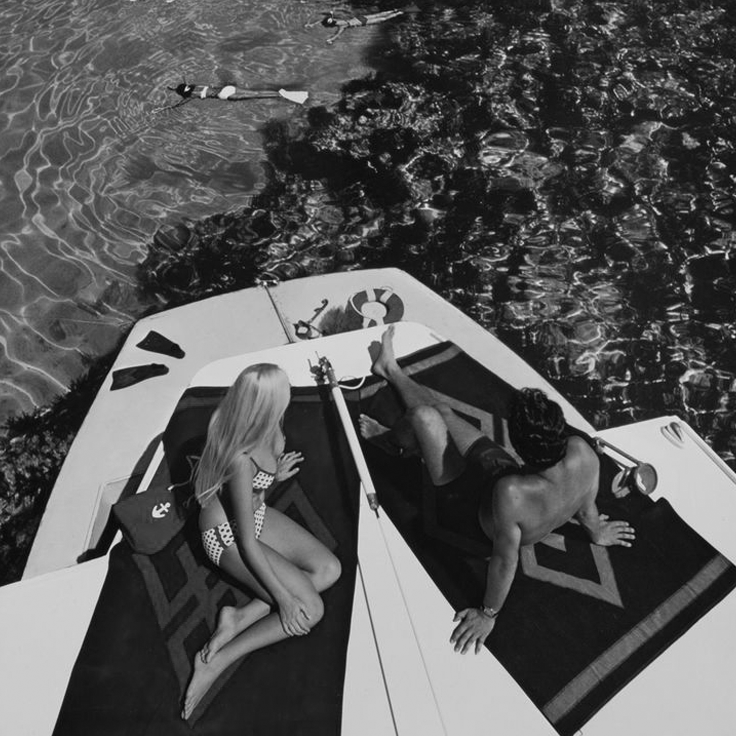He spoke in style. He dressed in style. He produced in style. He was style.
Robert Evans is best known as the film producer that pushed Hollywood to a new phase in the late 1960s to the 1970s: New Hollywood Cinema. He produced classics like The Godfather, Chinatown, Marathon Man, Rosemary’s Baby, Serpico, The Great Gatsby, and Love Story.
He was a character in his own right. He spoke as if life was a script, parting words of wisdom as a film-noir archetype. He was a Hollywood titan of those times. He was discovered as an actor by Norma Shearer poolside at The Beverly Hills Hotel. Later, that same place he began his career, would be his playground and conference room as the producer. He relaunched Paramount Pictures as the head of production. Evans was the essential Player. He had relationships with everybody from Henry Kissinger to Jack Nicholson. Married seven times, most notably to Ali MacGraw. His house alone winked at the concept of what a Hollywood producer with style should own. 
Evans was the perfect cocktail for the times. Part showman, part wheeler-dealer with a side of genuine love for stylistic films. It showed through his director roster that ran the gamut, from Francis Ford Coppola to Sidney Lumet to John Schlesinger.
This was a man that had to have everything permeate as style. You can see it in posed pictures at his Beverly Hills home. Nothing seemed unplanned. The way a chaise lounge chair sat poolside with a phone by his side. He took button-down shirts for their word. Robes seemed like costumes. Striped shirts and white linen pants with fountains spraying in the background with his ear-to-ear grin readied for the camera. He wanted the audience, and the industry, to know that this is what you get when you make it in Hollywood. Everything is posed. Everything is styled.

If you’re looking for an audiobook that will put you smackdab in the middle of his life, while he narrates in his hard-boiled detective tone, listen to The Kid Stays in the Picture.
That stylistic perfection slides out in almost every sentence that he reads. For instance, this segment:
“Style is a strange thing. A lot different than fashion. You don’t need money for style. If I go to a party and have a tie, and 20 people compliment me on that tie, the first thing I do when I get home — I put it in the shredder. I want the tie to make me look good. I don’t want me to make the tie look good. Everything I wear is done as background to make me as foreground, look good. That’s what's known as what makes background, makes foreground. It fits in film, personage, it fits in style. It fits in life. Whatever you do, make you look good.”




Share:
LEISURE LETTER 22: DISCOS DE DANDY #8
LEISURE LETTER 24: DISCOS DE DANDY #9